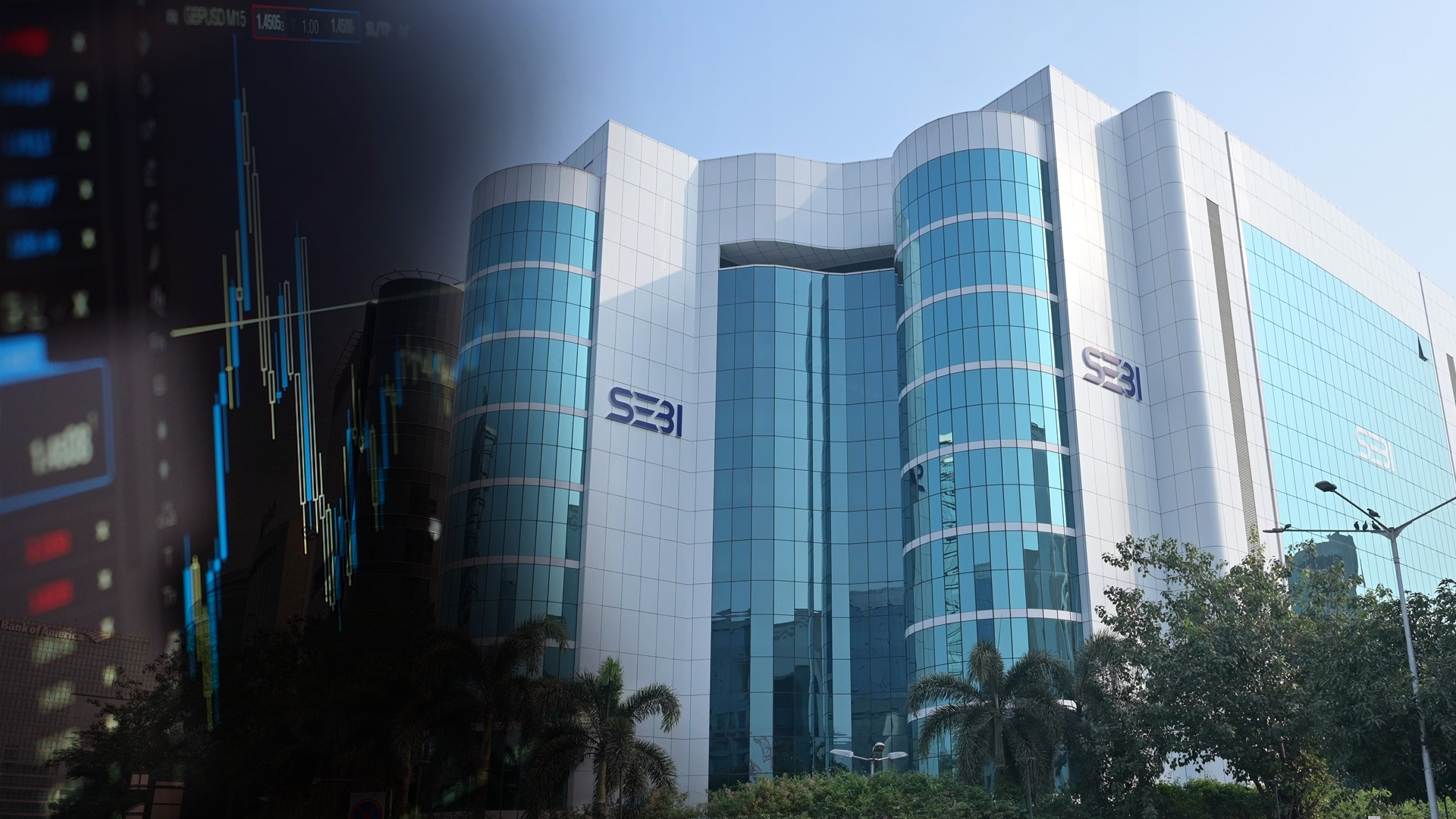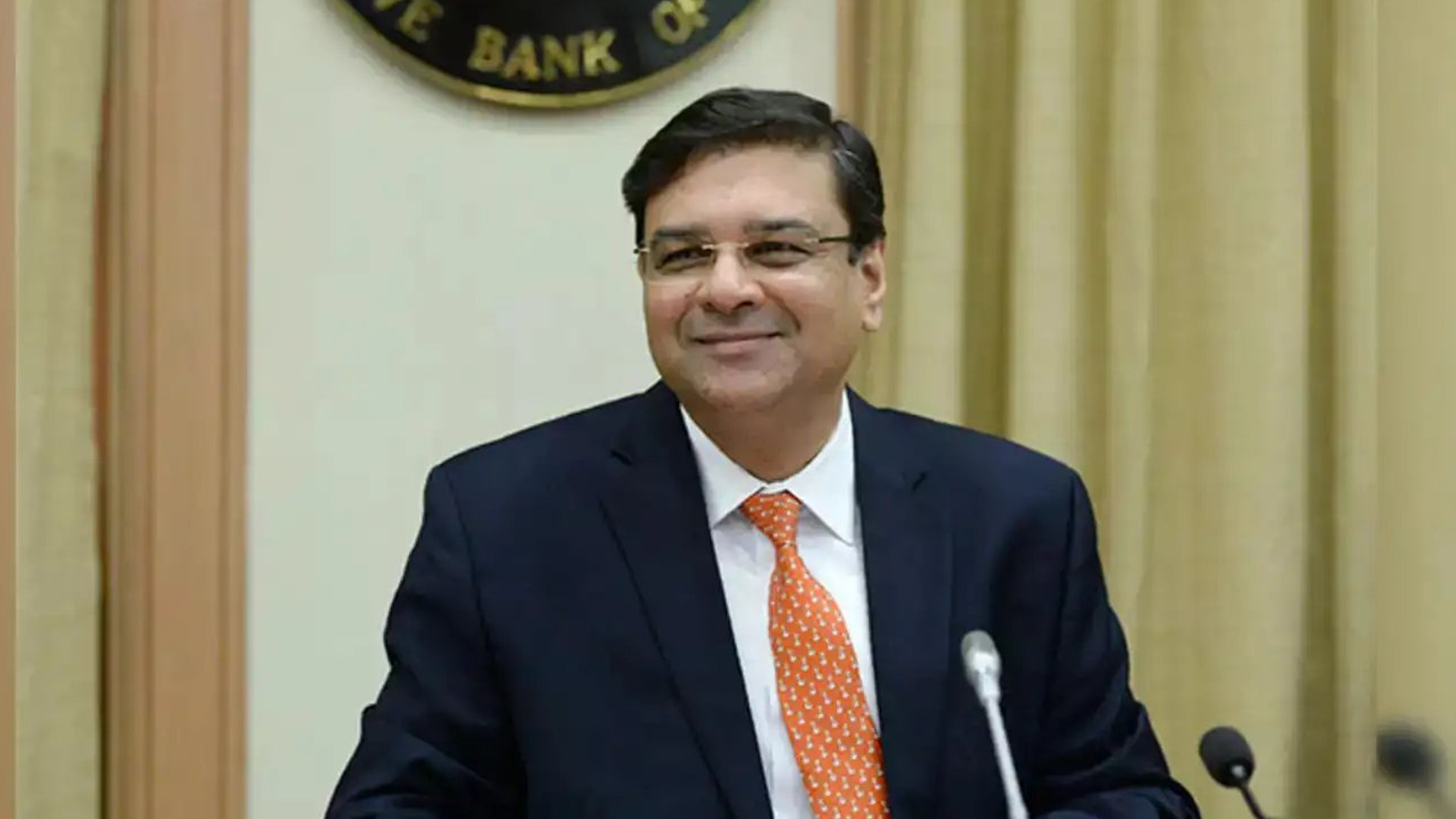Murugappa Group’s CG Semi Launches Pilot Line for India’s First ‘Made-in-India’ Chip
Sanand facility to produce chips for appliances, EVs, and consumer electronics, marking a milestone in India’s semiconductor journey.

Marking a major stride in India’s semiconductor ambitions, CG Semi, a unit of the Murugappa Group and CG Power, inaugurated a pilot line at its semiconductor packaging plant in Sanand on Thursday. The ₹7,600-crore project is backed by 50% funding from the Union government through the India Semiconductor Mission (ISM) and developed in collaboration with Renesas Electronics (U.S.) and Stars Microelectronics (Thailand).
Attending the inauguration, Union Minister of Electronics and IT, Ashwini Vaishnaw, confirmed that the G1 pilot line will soon produce India’s first ‘Made-in-India’ chip. “The initial chips will be used for customer qualification before full-scale production begins,” Vaishnaw said. Gujarat Chief Minister Bhupendra Patel was also present at the event.
The pilot line is designed to manufacture qualifying chips, which are tested by potential clients before ramping up to mass production, expected to reach millions of units per day. The G1 facility will have a peak capacity of 5 lakh chips daily, while the G2 facility, currently under construction, aims for 14.5 million units per day by the end of 2026.
These chips will serve a wide array of products, from home appliances and consumer electronics to automobiles and electric vehicles, highlighting the facility’s role in strengthening India’s tech ecosystem. The project is also expected to create over 5,000 direct and indirect jobs and cater to both domestic and international customers.
Following the announcement, CG Power and Industrial Solutions’ shares rose 3.8% to ₹688.95 on the Bombay Stock Exchange, reflecting positive investor sentiment. Global brokerage Nomura projected a 26.5% upside for the stock, signaling strong confidence in the company’s strategic expansion into the semiconductor sector.
Launched in January 2022, the India Semiconductor Mission seeks to build a self-reliant semiconductor industry, reduce import dependency, and attract global investment. The Sanand pilot line is the first operational facility among 10 ISM-backed projects. Prime Minister Narendra Modi is scheduled to address the IT Ministry’s flagship semiconductor event, Semicon India, on September 2, underscoring government support for the sector.
Vaishnaw described the pilot line as a “critical milestone” in India’s journey toward semiconductor self-sufficiency and noted that Micron’s ATMP (assembly, test, marking, and packaging) facility in Sanand, also supported under ISM, is progressing quickly.








